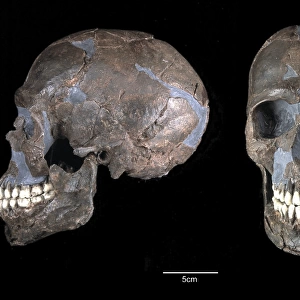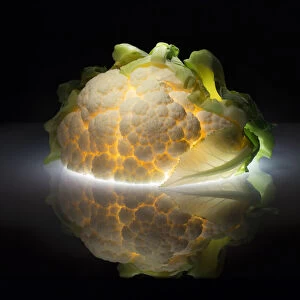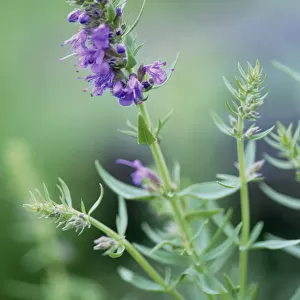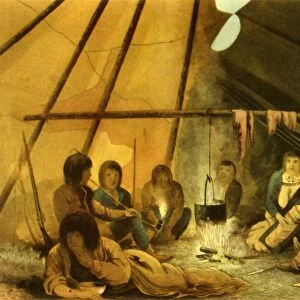Home > Animals > Mammals > Hominidae > Human
Homo sapiens cranium (Qafzeh 11)
![]()

Wall Art and Photo Gifts from Mary Evans Picture Library
Homo sapiens cranium (Qafzeh 11)
Lateral view of a cast of the Qafzeh child (Early Modern Homo sapiens) discovered at Djebel kafzeh, Israel by B. Vandermeersch, 1965-1969, dating back to around 100, 000 years
Mary Evans Picture Library makes available wonderful images created for people to enjoy over the centuries
Media ID 8618025
© Mary Evans Picture Library 2015 - https://copyrighthub.org/s0/hub1/creation/maryevans/MaryEvansPictureID/10706232
Anthropological Anthropology Bone Cast Cranium Epitheria Eutheria Fossil Fossilised Great Ape Haplorhini Hominid Hominidae Hominini Hominoid Hominoidea Homo Homo Sapiens Human Israel Jaw Bone Jawbone
FEATURES IN THESE COLLECTIONS
> Animals
> Mammals
> Hominidae
> Human
> Asia
> Israel
> Related Images
EDITORS COMMENTS
1. Title: A Glimpse into the Past: The Qafzeh Child - An Early Modern Homo Sapiens Cranium The captivating image before you presents a lateral view of a cast of the Qafzeh child, an early modern Homo sapiens discovery made at Djebel Qafzeh in Israel between 1965 and 1969 by Belgian paleoanthropologist, Bernard Vandermeersch. This remarkable find, dated around 100,000 years ago, offers a unique window into our ancient past. The Qafzeh child, identified as Homo sapiens sapiens, is a significant discovery in the field of anthropology and human evolution. Its well-preserved cranium, along with a jaw bone, reveals intriguing insights into the anatomy and development of our species during the Upper Paleolithic period. As an Asian hominid, the Qafzeh child shares close affinities with great apes, belonging to the order Primates, family Hominidae, suborder Haplorhini, superfamily Hominoidea, and infraorder Hominoids. More specifically, it is classified within the tribe Hominini, which includes modern humans and our closest extant relatives, the chimpanzees and bonobos. The Qafzeh child's cranium, with its distinctive features, showcases the evolutionary transition from our hominid ancestors to modern humans. Its epithermic skull, characterized by a thin bone structure, is a hallmark of Homo sapiens. The presence of a well-defined jawbone is a testament to the child's ability to chew and process complex foods, a crucial adaptation for our early ancestors. This fascinating glimpse into the past not only highlights the rich history of human evolution but also underscores the intricate connections we share with our primate relatives. The Qafzeh child's story is a testament to the enduring curiosity and exploration that drives the field of anthropology and our quest to understand our origins.
MADE IN AUSTRALIA
Safe Shipping with 30 Day Money Back Guarantee
FREE PERSONALISATION*
We are proud to offer a range of customisation features including Personalised Captions, Color Filters and Picture Zoom Tools
SECURE PAYMENTS
We happily accept a wide range of payment options so you can pay for the things you need in the way that is most convenient for you
* Options may vary by product and licensing agreement. Zoomed Pictures can be adjusted in the Cart.













